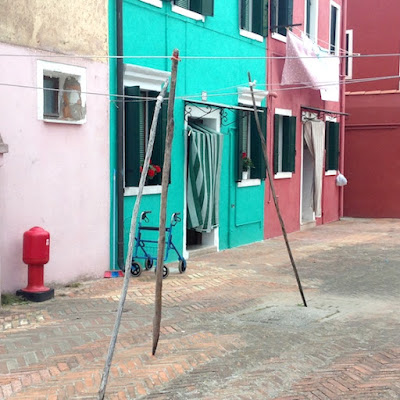'It probably happened like this, some 40,000 years ago…
Man, might have been a woman, twisted strands of grasses together and made twine for the first time. Cording was invented. The twine made was used to tie sticks together, then longer lengths of it woven together to make coiled baskets. Where grasses were not so abundant other plant materials were used such as bamboo in Asia, willow in Europe or palm fronds in the Pacific. With the use of different materials, techniques were adapted to make the most of these such as plaiting, stake and stand and numerous other weaving techniques from basketry to textiles.
The use of baskets was revolutionary. With their use, communities were able to switch from hunting and gathering to a more agrarian and sedentary way of life. For the first time food stuff, grain and other goods could now be stored, transported and exchanged; basketry (and making twine) led to advent of trade and commerce.'
- inspired by a conversation with Eva Sajovic talking about reason for wanting to show a large piece of rope made from corded waste plastic at Danielle Arnaud Gallery next year, as well as Barry Flanagan's work currently exhibited in the Duveen Gallery, Tate Britain.
The use of baskets was revolutionary. With their use, communities were able to switch from hunting and gathering to a more agrarian and sedentary way of life. For the first time food stuff, grain and other goods could now be stored, transported and exchanged; basketry (and making twine) led to advent of trade and commerce.'
- inspired by a conversation with Eva Sajovic talking about reason for wanting to show a large piece of rope made from corded waste plastic at Danielle Arnaud Gallery next year, as well as Barry Flanagan's work currently exhibited in the Duveen Gallery, Tate Britain.
(Photos above are included in the cording chapter of Practical Basketry Techniques)





















































